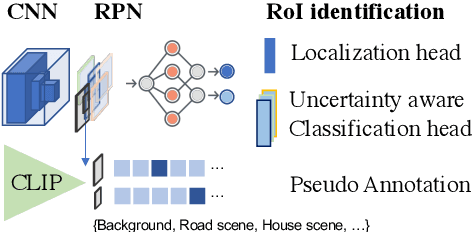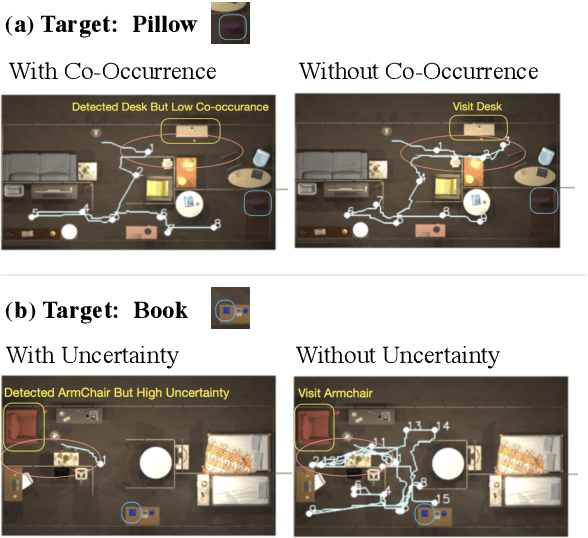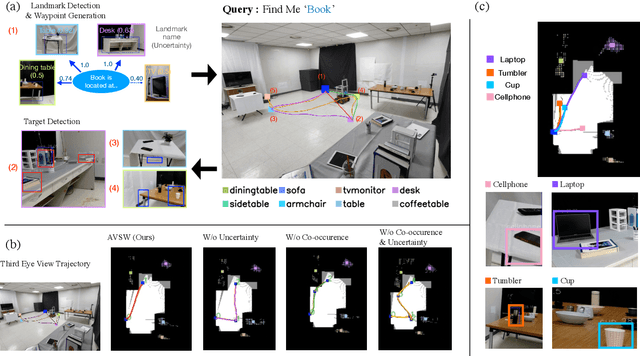Taerim Yoon
Spatio-Temporal Motion Retargeting for Quadruped Robots
Apr 17, 2024Abstract:This work introduces a motion retargeting approach for legged robots, which aims to create motion controllers that imitate the fine behavior of animals. Our approach, namely spatio-temporal motion retargeting (STMR), guides imitation learning procedures by transferring motion from source to target, effectively bridging the morphological disparities by ensuring the feasibility of imitation on the target system. Our STMR method comprises two components: spatial motion retargeting (SMR) and temporal motion retargeting (TMR). On the one hand, SMR tackles motion retargeting at the kinematic level by generating kinematically feasible whole-body motions from keypoint trajectories. On the other hand, TMR aims to retarget motion at the dynamic level by optimizing motion in the temporal domain. We showcase the effectiveness of our method in facilitating Imitation Learning (IL) for complex animal movements through a series of simulation and hardware experiments. In these experiments, our STMR method successfully tailored complex animal motions from various media, including video captured by a hand-held camera, to fit the morphology and physical properties of the target robots. This enabled RL policy training for precise motion tracking, while baseline methods struggled with highly dynamic motion involving flying phases. Moreover, we validated that the control policy can successfully imitate six different motions in two quadruped robots with different dimensions and physical properties in real-world settings.
Active Visual Search in the Wild
Sep 20, 2022



Abstract:In this paper, we focus on the problem of efficiently locating a target object described with free-form language using a mobile robot equipped with vision sensors (e.g., an RGBD camera). Conventional active visual search predefines a set of objects to search for, rendering these techniques restrictive in practice. To provide added flexibility in active visual searching, we propose a system where a user can enter target commands using free-form language; we call this system Active Visual Search in the Wild (AVSW). AVSW detects and plans to search for a target object inputted by a user through a semantic grid map represented by static landmarks (e.g., desk or bed). For efficient planning of object search patterns, AVSW considers commonsense knowledge-based co-occurrence and predictive uncertainty while deciding which landmarks to visit first. We validate the proposed method with respect to SR (success rate) and SPL (success weighted by path length) in both simulated and real-world environments. The proposed method outperforms previous methods in terms of SPL in simulated scenarios with an average gap of 0.283. We further demonstrate AVSW with a Pioneer-3AT robot in real-world studies.
 Add to Chrome
Add to Chrome Add to Firefox
Add to Firefox Add to Edge
Add to Edge